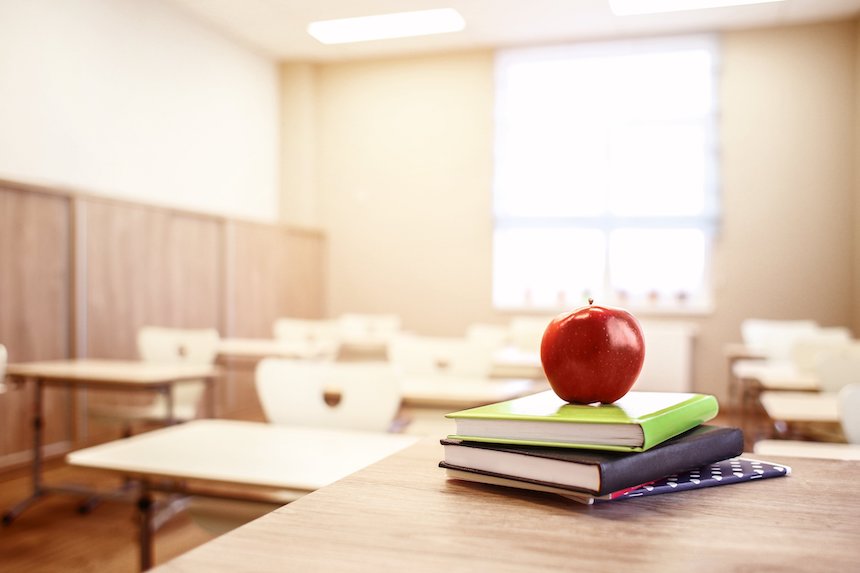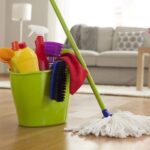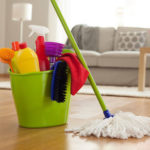
Being a teacher can be demanding and stressful as well as being incredibly rewarding, so it is essential to be as organized as possible so that your days run smoothly. Here are some great ways you can eliminate clutter from your life and run a well-managed classroom.
1. Vigilant Visual Aids
Constructing visual posters of important information and hanging them on the walls ensures that everyone can see them and there is no chance of children missing verbal communication. Most people will take in visual data easier than they do oral data, and it is a constant reminder each day.
2. Wise Walls
As well as using the walls to post visual information, they can be used to store items so that every inch of available space is utilized to prevent clutter from gathering on the floor.
Learning pocket charts are wonderful for primary school classrooms. To prevent cross-contamination, personal items such as earbuds and toothbrushes can be easily stored in a pocket labeled with each student’s name. There are many styles of chart such as calendar charts, learning goals, and ones detailing the daily schedule.
Storing items in fabric pockets on the walls is safer for small children than installing heavy wooden shelves that are difficult to reach and can be a head-bumping hazard.
Plastic shoe holders hung over the door or attached walls make fantastic storage pockets and easily wipe down with a damp cloth. Sticky labels also adhere to them more effectively than they do to the fabric.
3. Clever Colors
Young children do well when items are color-coded. Pens, pencils, and crayons could be tidied away according to their colors in a tray of that hue, so there can be no confusion as to where they should be housed at tidy-up time.
You can color code as many things in the classroom as you wish. Store paper in piles of different shades, assign each student table color, and label everything belonging to that group with a suitably colored sticker.
4. Scholarly Storage
Clever storage is the only way you can maintain efficient organization in your classroom.
Use transparent plastic boxes to store books, toys, stationery, craft supplies – anything, label clearly and place on storage shelves, under benches, or neatly on the floor.
Prevent jigsaws and puzzles from losing pieces by placing them in ziplock bags, labeling with a picture of the puzzles, attaching a clip to the tops of the bags, and hanging along a metal clothes rail. Alternatively, store them in pencil cases or hessian bags and keep them in a box or set of drawers.
Utilize stuff from home as storage vessels such as margarine containers, potato chip tubes, ice cream cartons, jam jars, and mason jars. Mason jars are great for housing paintbrushes and pencils, whereas baby food jars are suitable for paperclips, erasers, staples, and tacks.
5. Discerning Desk
You can’t expect your students to be organized if you are not. Set a good example by having a super tidy and organized desk area. File curriculum paperwork and sensitive data in a set of lockable drawers, have an In-tray and an Out-tray for your work and try to complete all paperwork by the end of each day so that it does not pile up.
Keep stationery in a bag in the desk drawers away from light fingers and ensure you lock the computer screen when you are away from your desk.
Make use of the computer to compile spreadsheets detailing the library books, or toys children have borrowed to ensure that they are returned safe and sound. Type up short daily reports on what you taught each day and how each student coped. Recording daily events can help you write student reports more efficiently when the time comes.
6. Astute Assistants
Why pile all the work on your shoulders when you have a classroom full of willing assistants who will revel in the glory of being a classroom helper.
Compile a rota of daily tasks, assign a job to a group of kids, and change at the beginning of every week. Most kids love to have a job to do and will take it quite seriously. It also teaches them how to organize their day and the importance of responsibility.
If you assign tasks to a different table of students each week, you could adopt a reward system. Put a button in a jar for every job successfully completed, and at the end of the month or school term, the winning table could get a reward.
- How To Boost Your Confidence on a First Date - February 23, 2024
- 5 Must-Try Fashion Trends for 2024 - February 14, 2024
- 12 Must-Have Items for Your Daughter’s Gift Basket - November 28, 2023






